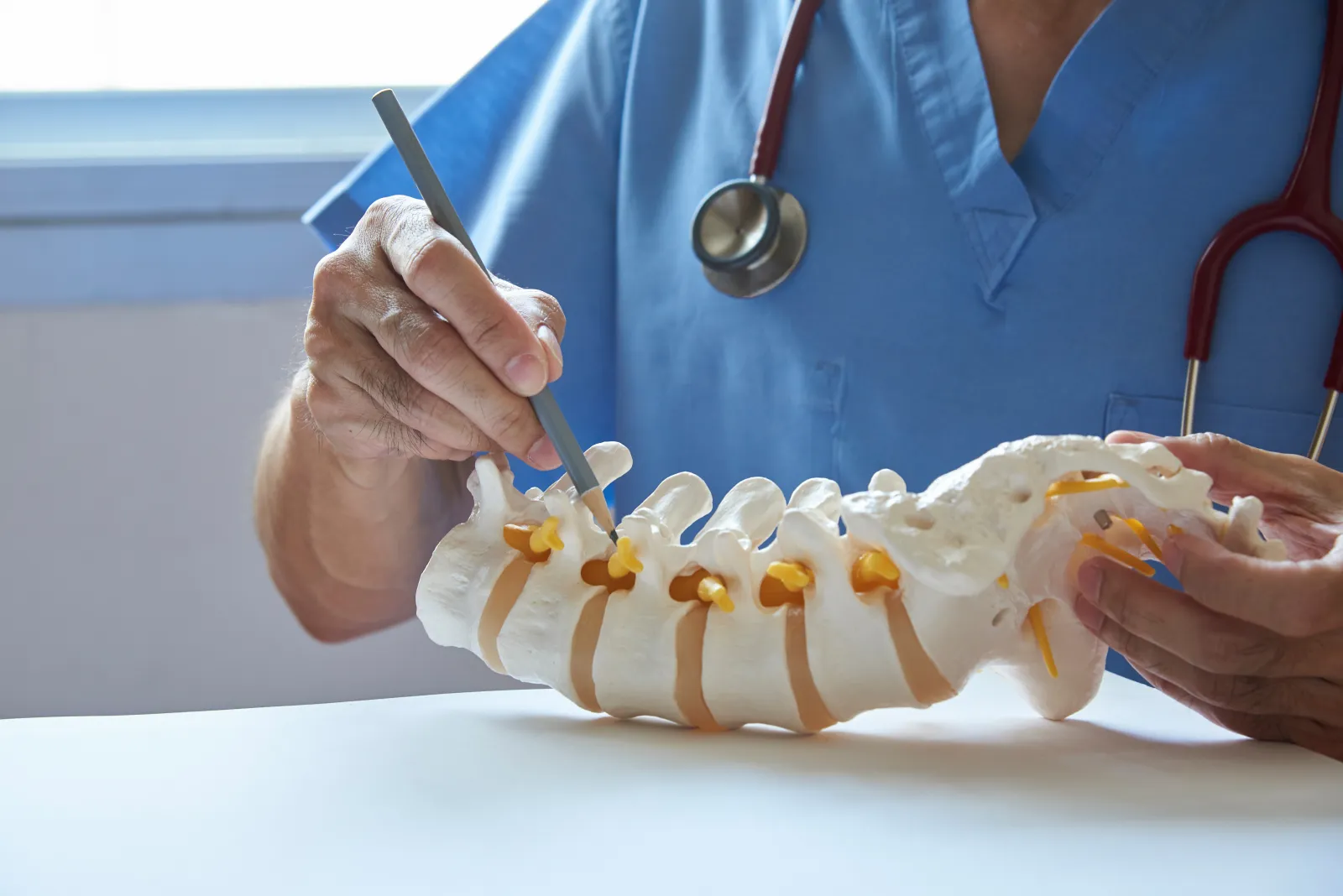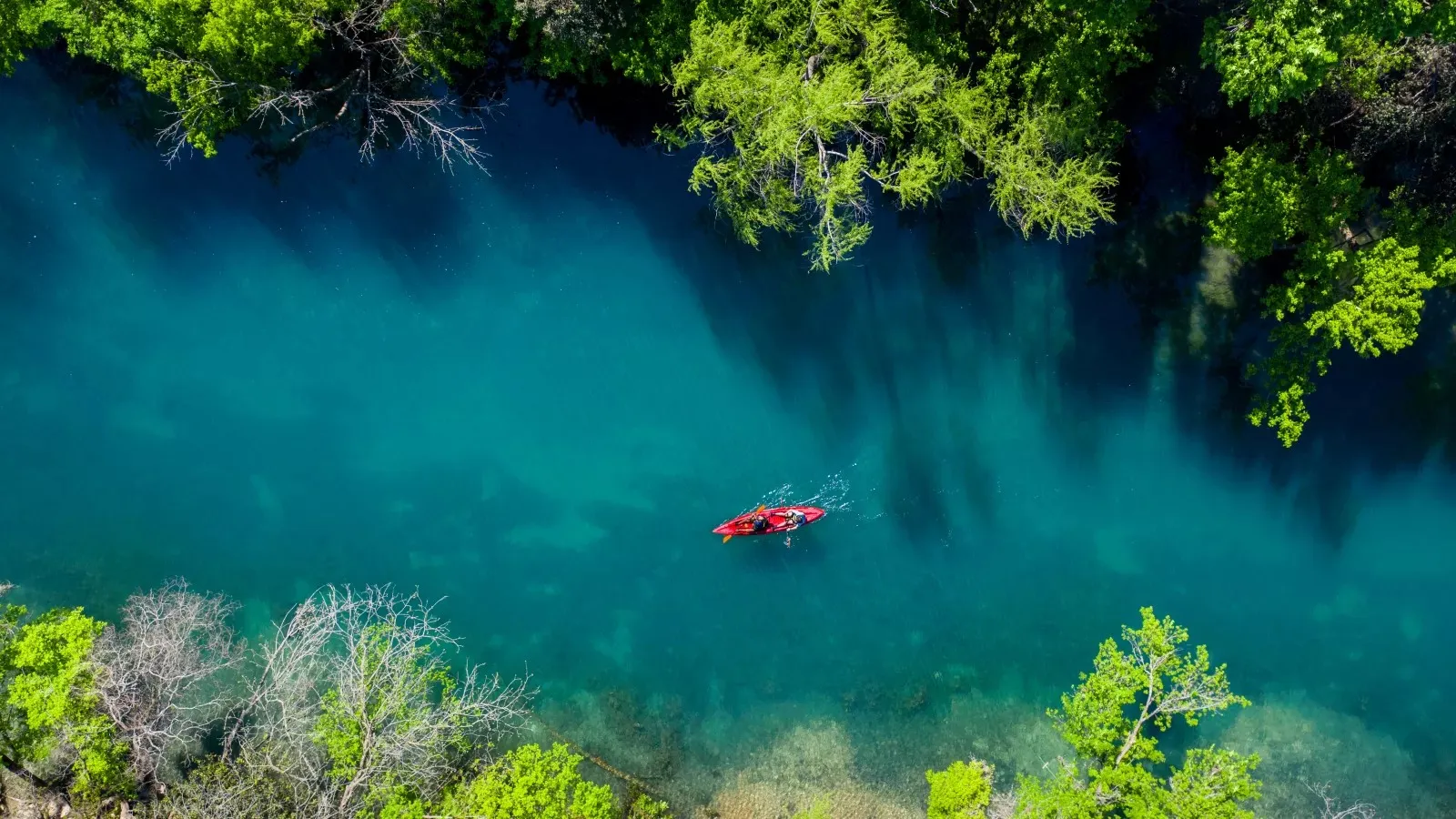
There are numerous neck and back problems that can affect people as a result of the natural aging process. We at Orthopaedic Specialists of Austin would like to go over some of the most common spinal conditions related to advanced age below.
Degenerative Disc Disease
Between each of your vertebrae is a vertebral disc. These discs help cushion the vertebrae, and allow for smooth movement. After years of wear, tear, and motion, these discs can dry out, crack, and break down. This can lead to discomfort and difficulty performing daily activities. Degenerative disc disease can also contribute to a number of other spinal conditions, as we will note later.
The most common signs and symptoms of degenerative disc disease include:
- Stiffness of the back and neck
- Pain in back or neck
- Difficulty bending, lifting, or twisting
If the damaged discs lead to nerve compression, this can also cause numbness and tingling in the arms and legs.
Herniated Discs
A herniated dis occurs when the softer tissue inside of a vertebral disc pushes out through a tear in the tough outer shell of the disc. The condition is most commonly associated with lifting heaving loads in young people. However, herniated discs can occur due to disc degeneration.
The most common signs and symptoms of herniated discs include:
- Pain in the area where the disc slipped
- Pain radiating into the arms and legs
- Numbness
- Tingling
- Weakness of the back and extremities
Spinal Stenosis
When the discs of the skin degenerate, this leads to a narrowing of the space in the spine (the spinal canal). This can lead to pressure along the spinal cord, causing compression of the nerves of the spine. This is known as spinal stenosis.
The most common signs and symptoms of spinal stenosis include:
- Back or neck pain
- Weakness in the arms, legs, hands, or feet
- Numbness in the arms, legs, hands, or feet
- Difficulty walking
- Problems maintaining balance
Frail Vertebrae from Osteoporosis
Many of the conditions we've noted above have to do with the weakening of the vertebral discs. The vertebrae can also weaken with age. Osteoporosis is a condition in which the bones become brittle and less dense. This increases the risk of hip fractures in the elderly, though serious injuries to the vertebrae must also be considered.
Warning signs of osteoporosis affecting your spine include:
- Loss of height with age
- Stooped or slouched posture
- Frequent bone fractures
Treating Age-Related Spinal Conditions
If you notice any signs of spinal problems as you are getting older, be sure to speak with your doctor or a member of our team. We can run tests to assess your spinal health and then determine the ideal course of action to take. We will typically start with non-surgical treatments to relieve pain and restore mobility and strength before turning to surgical procedures. Our goal is to restore wellness and improve your quality of life.
Learn More About Treating Spinal Conditions
For more information about treating the back and neck problems that occur with advanced age, be sure to contact our team of orthopedic surgeons and joint care experts. The team at Orthopaedic Specialists of Austin can be reached by phone at (512) 476-2830.
